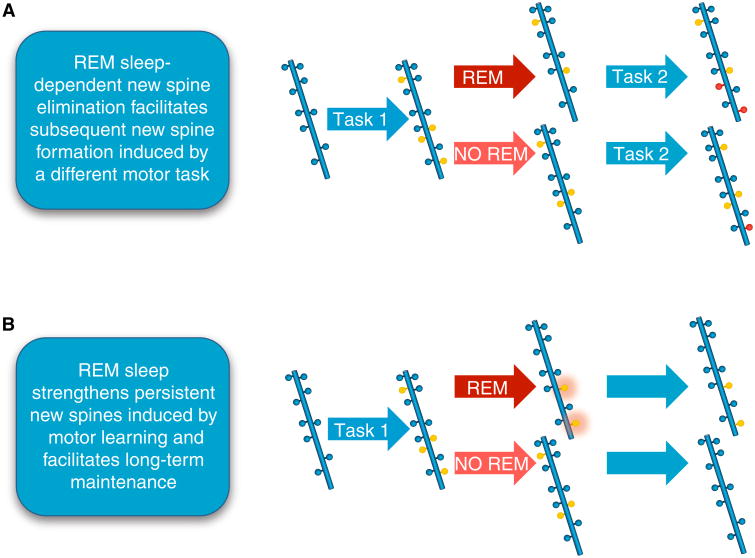Figure 2. REM sleep facilitates learning and memory by regulating neuronal synapses.
A schematic diagram demonstrating that REM sleep strengthens persistent new spines induced by motor learning and facilitates long-term maintenance of synapses. (A) REM sleep prunes newly formed postsynaptic dendritic spines (yellow circles) of pyramidal neurons in the mouse motor cortex after motor learning (forward walking: Task 1). This REM sleep-dependent elimination of new spines facilitates subsequent spine formation (red circles) when a new motor task is learned (backward walking: Task 2), indicating a role for REM sleep in pruning to balance the number of new spines formed. (B) REM sleep also strengthens persistent new spines (orange halo around yellow circles) induced by motor learning and facilitates long-term maintenance, which are important for behavioral improvement after learning.

